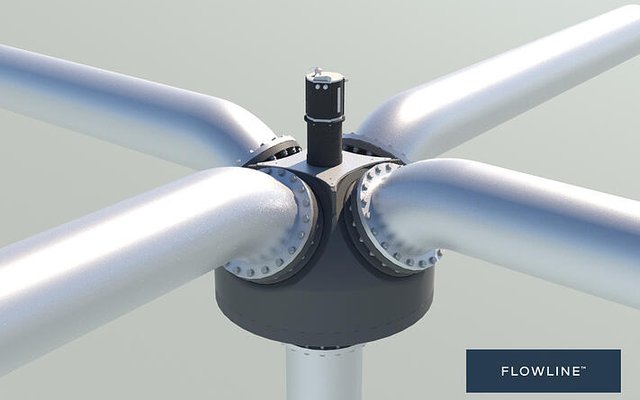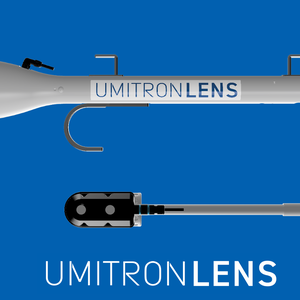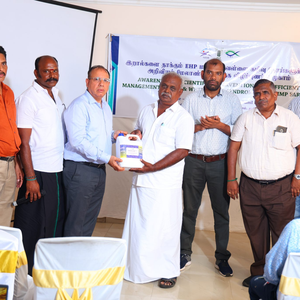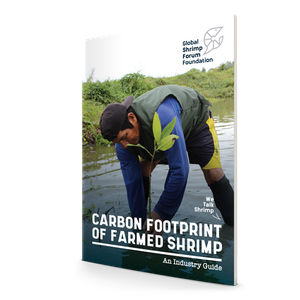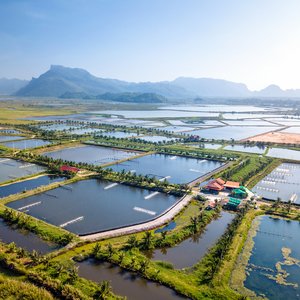Cflow introduced a new solution for transporting live fish, the new Flowline concept. The patented Flowline solution is a result of close cooperation with Astorplast AS in Fosnavåg. The goal was to find solutions for bettering the transport of live fish by creating a safer and more gentle way of handling the fish.
“We chose an interdisciplinary approach to the development process with our focus being on increased fish welfare,” said Gunnar Hoff, Cflow CMO. “Experts from Norwegian wellboat companies, biologists and suppliers of cleaning systems have all contributed to the fine-tuning of all functions. Together, we have developed Flowline, a forward-looking concept that will both simplify and improve fish handling.”
Increased fish welfare with simplified logistics
“After more than 30 years' experience in fish handling, Cflow has developed a design philosophy based on prioritizing the main functions of the fish handling system. This means reducing bends, valves, lifting height and piping to a minimum on the more frequently used routes,” said Tor Andre Rønning, Cflow senior engineer. “The current modern fish handling systems, both on land and at sea, have strict requirements for flexibility and options. Cflow's new Flowline concept naturally meets both these requirements and those for gentleness.”
“We have developed a new valve with four outlets, which will considerably increase flexibility. Four of these Flowline 5 valves can do the same job as 16 three-way valves on a wellboat with the same function,” Rønning said. “Similarly, this valve will also simplify fish handling in land-based fish farms.”
Increased stability and safe positioning
“Part of the development process has been to find a type of plastic with better features than those used on similar valves today,” said Birgitte Refsnes, Cflow biologist. “For Flowline, we have chosen a type of plastic that is stronger and more solid than the typical PE or PUR. This can handle greater tension and strain. An important focus in the development process has been to achieve the smoothest possible internal transitions. Another has been to simplify cleaning and maintenance. The Flowline valves have therefore been given several ports for cleaning, flushing and draining. The plastic we chose ensures that all surfaces are smooth with no pores or scratches, to avoid conditions for bacterial growth,” Refsnes concluded.


